Stellen Sie sich vor: Sie treten mit Ihrem Morgenkaffee nach draußen, und die Teichoberfläche kräuselt sich sanft unter dem Sprühnebel Ihres Poposoap-Solarbrunnens . Ein Eisvogel huscht in einem blauen Blitz vorbei, ein Stockentenpaar schwimmt zwischen Lotusblättern, und irgendwo im Schilf ertönt das kehlige Lachen eines Teichhuhns. Wenn Sie jemals von solchen Momenten geträumt haben, verstehen Sie bereits die Magie der Vögel in Teichen.
Hier finden Sie eine unkomplizierte Einführung in die Welt der Teichvögel – warum sie vom Wasser angezogen werden, welche Arten Ihnen am ehesten begegnen werden, wie Sie Ihre Kenntnisse in der Bestimmung von Wasservögeln verbessern können und was Sie tun können, um jeden Pool im Garten in ein unwiderstehliches Paradies zu verwandeln, und das alles bei einfacher Pflege mit Poposoap .
1. Vögel und Teiche – Eine natürliche Verbindung

Wasser ist der zuverlässigste Magnet des Lebens. Ein Teich – egal wie klein – bietet Vögeln alles, was sie brauchen, an einem Ort:
- Trink- und Badestellen, die das Gefieder in Topform halten.
- Ein ständig wachsendes Buffet aus Insekten, Kaulquappen, Fischbrut und Samen.
- Dichte Vegetation als Schutz vor Raubtieren.
- Ein kühleres Mikroklima an brütend heißen Nachmittagen und, wenn man einen Brunnen laufen lässt, ein eisfreier Schluck in milden Wintern.
Fließendes Wasser ist besonders verlockend; das Glitzern und Gurgeln des bewegten Wassers signalisiert den Vögeln, dass es frisch, sicher und sauerstoffreich ist.
2. Warum lieben Vögel Teiche?

Vögel nutzen ihre Augen und Ohren, um Wasser zu finden. Glitzerndes Sonnenlicht auf der Oberfläche signalisiert eine Tränke, während das Plätschern eines Brunnens auf sauberes Wasser hinweist. Ein Poposoap-Solarbrunnen mit seinem kabellosen Panel und dem sanften Sprühstrahl imitiert das leise Rauschen eines Waldbachs und ist erstaunlich weithin hörbar. Dieser zuverlässige Klang lockt oft Vögel an, die man an einem stillen, stehenden Gewässer nie zu Gesicht bekäme.
3. Häufige Wasservogelarten und ihre Namen

Wenn man an „Wasservögel“ denkt, hat man oft ein oder zwei Arten vor Augen – vielleicht einen Reiher oder eine Ente. Tatsächlich beherbergt ein gesunder Teich Dutzende von ihnen. Hören Sie genau hin, und Sie werden bald mehrere verschiedene Gruppen kennenlernen:
- Schwimmenten wie Stockenten, Schnatterenten oder Waldenten. Sie jagen mit dem Schwanz nach oben an der Wasseroberfläche, anstatt zu tauchen.
- Tauchenten wie Reiherenten und Ringschnabelenten. Diese sitzen dicht im Wasser und verschwinden häufig für zehn Sekunden oder länger unter der Oberfläche.
- Reiher und Silberreiher – große, langbeinige Jäger, die am Waldrand lauern, den Hals vor einem Blitzschlag zu einem S gefaltet. Graureiher und Silberreiher sind klassische Beispiele.
- Rallen und Blässhühner, darunter Teichhühner, Blässhühner und Wasserrallen. Achten Sie auf die gelappten Zehen beim Laufen über Seerosenblätter und die schnellen Rückzüge ins Schilf.
- Eisvögel – klein, aber oho! Der Gemeine Eisvogel (Europa) oder Gürtelfischer (Nordamerika) sitzt über ruhigem Wasser und stürzt sich dann kopfüber auf kleine Fische.
- Schwalben und Mauersegler wie Rauchschwalben und Uferschwalben. Sie sind keine echten Wasservögel, verbringen aber einen Großteil des Tages damit, nur Millimeter über dem Teich zu kreisen und Insekten zu fangen.
Wer sich mit diesen Wasservogelarten vertraut macht, erkennt die meisten Besucher auf einen Blick.
4. Tipps zur Bestimmung von Wasservögeln

Das Schärfen des Auges (und des Ohrs) erfordert Übung, aber diese Hinweise beschleunigen den Lernprozess:
- Zuerst die Silhouette. Ein schlanker Vogel mit dolchartigem Schnabel und langen, im Flug gerade angelegten Beinen ist ein Reiher oder Silberreiher. Ein gedrungener, ovaler Körper, der unter der Wasseroberfläche verschwindet, ist meist eine Tauchente oder ein Blässhuhn.
- Fressverhalten. Gründelenten tauchen auf, Tauchenten sinken vollständig ab, Eisvögel sitzen oder rütteln, bevor sie ins Wasser stürzen, und Reiher erstarren wie Statuen vor dem Stoß.
- Das Federkleid ist jahreszeitlich bedingt. Männliche Enten tragen ihre leuchtenden Farben oft nur im Winter und Frühling. Im Sommer hingegen nehmen sie ein unauffälliges Gefieder an.
- Die Stimme ist entscheidend. Das rasselnde „klek-klek“ eines Eisvogels, das komische Quaken einer Stockenten-Erpel oder das krächzende „fraaank“ eines Reihers verraten die Art, lange bevor man sie sieht.
- Hinweise aus dem Kontext. Ein Vogel, der auf aus dem Schilf ragenden Zweigen balanciert, ist wahrscheinlich eine Ralle; einer, der mit langsamen, tiefen Flügelschlägen darüber kreist, ist vermutlich ein Reiher.
Mit regelmäßiger Beobachtung wird die Bestimmung von Wasservögeln bald zum Kinderspiel.
5. Saisonale Besucher – Wer kommt wann an?

- Frühjahrszug: Schwalben sind oft die Ersten und jagen im Tiefflug die ersten Zuckmücken. Gründelenten machen auf ihrem Weg nach Norden eine Pause.
- Sommerbrut: Ansässige Teichhühner bauen schwimmende Nester; Eisvögel brüten in tunnelartigen Höhlen an Bachufern. Heimische Binsen und Rohrkolben sollten als Deckung erhalten bleiben.
- Herbstzug: Krickenten, Reiherenten und andere Zugvögel machen Halt, um neue Kraft zu tanken. Schneiden Sie überwucherte Seerosen zurück, damit offene Wasserflächen zum Anlanden vorhanden sind.
- Milde Winter: Blässhühner verweilen länger, wenn man eine kleine eisfreie Stelle mit einem Springbrunnen instand hält. Reiher bleiben möglicherweise dort, um Fische zu erbeuten, die sich unter der Wasseroberfläche aufhalten.
Die Kenntnis des Vogelkalenders ermöglicht es Ihnen, bestimmte Teichvögel zu erwarten und die Lebensraummerkmale je nach Jahreszeit anzupassen.
6. Wie Sie Wasservögel in Ihren Gartenteich locken

- Füge sanfte, kontinuierliche Bewegungen hinzu.
Der Poposoap-Solarbrunnen – erhältlich als 6-, 8- oder 10-Watt-Set – sprudelt von Sonnenaufgang bis Sonnenuntergang allein mit Sonnenlicht und erzeugt dabei sanfte Wellen und ein leises Plätschern, das Vögel anlockt. Sein ABS-Netzgehäuse lässt sich zum Reinigen in Sekundenschnelle abnehmen und erfüllt damit perfekt das Markenversprechen von „problemlosen Gartenprodukten“, die Ihnen mehr Zeit zum Beobachten der Tierwelt und weniger Zeit zum Basteln lassen.
- Bieten Sie flache Landestellen an.
Platzieren Sie breite Steine oder schwimmende Pflanzschalen am Ufer, damit kleine Singvögel sicher trinken und baden können. Ein Vogelbadbrunnen von Poposoap in einer Keramikschale verwandelt Ihr Zuhause in ein kleines Spa, das auch auf Terrassen abseits des Hauptteichs attraktiv ist.
- Schichtvegetation.
Tiefwachsende Seerosen spenden Schatten; emporragende Hechtkraut und Rohrkolben verbergen Nester; Ufersträucher bieten Sitzplätze und Insektenfallen. Vielfalt bedeutet mehr Vögel an Teichen.
- Sorgen Sie für Sitzstangen.
Ein kahler Baumstumpf, der schräg über offenes Wasser ragt, ist der perfekte Jagdplatz für Eisvögel. Flache Steine am Ufer laden Enten zum Gefiederputzen ein.
- Raubtiere in Schach halten.
Bewegungsaktivierte Lichter oder einfache Nachtnetze schrecken Waschbären und Katzen ab.
7. Häufig gestellte Fragen zu Teichvögeln
F: Werden Enten meine Seerosen zerstören?
A: Sie knabbern an den weichen Trieben. Legen Sie schwimmende Bögen oder Netze um die Jungpflanzen, bis sie angewachsen sind.
F: Erschrecken Springbrunnen Wildtiere?
A: Hohe, laute Düsen sind ungeeignet. Verwenden Sie stattdessen Glocken- oder Sprudeldüsen. Poposoap-Sets werden mit mehreren flachen Düsen speziell für Naturteiche geliefert.
F: Muss ich Fische einsetzen, um Eisvögel anzulocken?
A: Kleine Fische helfen, aber klares, insektenreiches Wasser und ein überhängender Barsch sind genauso wichtig.
F: Wie oft sollte ich die Pumpe einer Vogeltränke reinigen?
A: Dank der Klickverschluss-Käfige von Poposoap reicht ein kurzes wöchentliches Ausspülen, um den Wasserfluss konstant zu halten – kein Werkzeug, kein Aufwand, ganz im Sinne des Markenmottos „kleine Momente der Freude“.
8. Fazit – Entdecken Sie mehr rund ums Wasser

Ein gut gestalteter Teich birgt Woche für Woche neue Überraschungen. Mal lauert ein Reiher auf der Lauer, mal kreisen Rauchschwalben im Sonnenuntergang. Durch die Kombination verschiedener Lebensraumebenen, der Berücksichtigung von Raubtieren und dem sanften Plätschern eines Poposoap-Solarbrunnens oder Vogelbad-Sets schaffen Sie Bedingungen, unter denen sich die ständig wechselnde Vogelwelt im Wasser sicher fühlt, um zu fressen, zu baden und zu verweilen.
Halten Sie das Wasser in Bewegung, beachten Sie die saisonalen Gegebenheiten und schärfen Sie Ihre Beobachtungsgabe. Schon bald kennen Sie nicht nur die Namen der Wasservögel, die Ihren Garten besuchen, sondern erkennen sie auch an ihrer Silhouette, ihrem Fressverhalten und ihren Rufen. So verwandeln Sie einen stillen Teich in eine lebendige Bühne, auf der sich das tägliche Schauspiel der Wasservögel abspielt und Ihnen unendliche Freude direkt vor der Haustür schenkt.




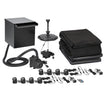
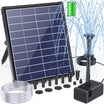
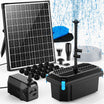
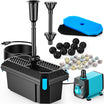
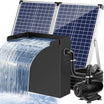
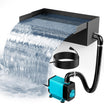

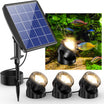
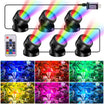

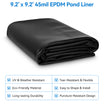
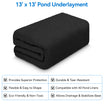

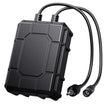
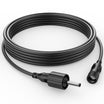

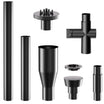
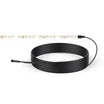
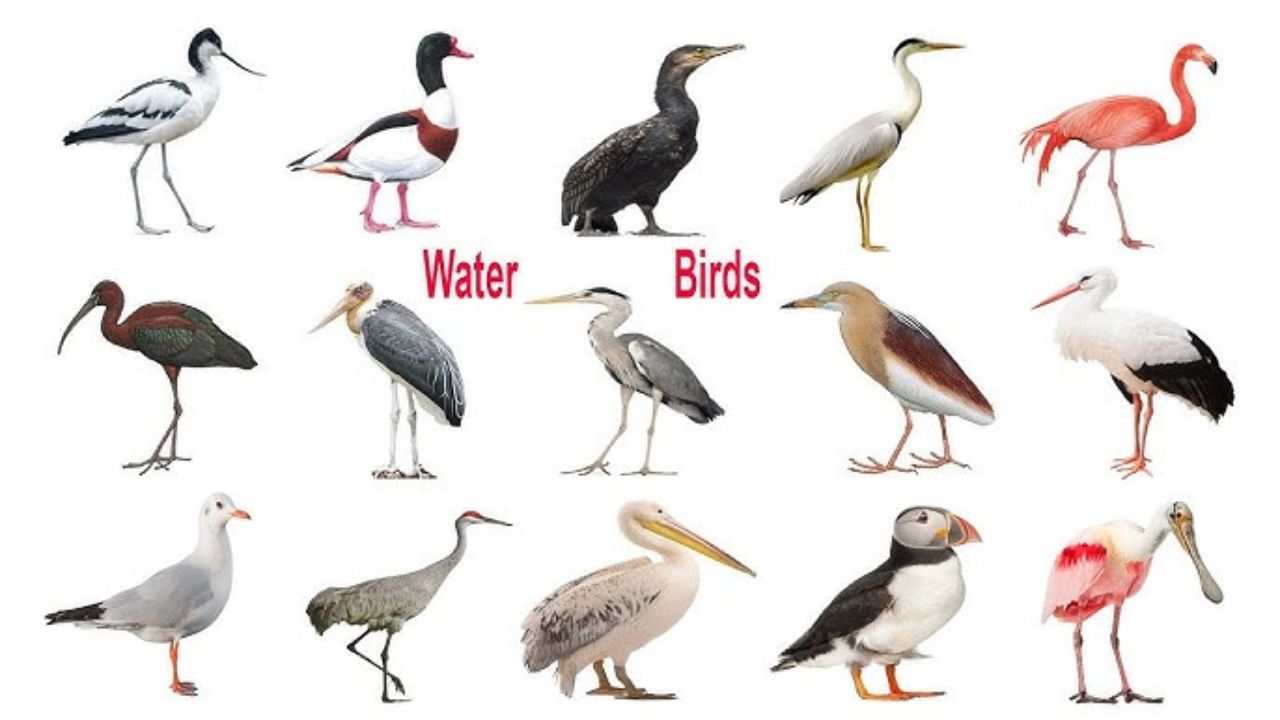
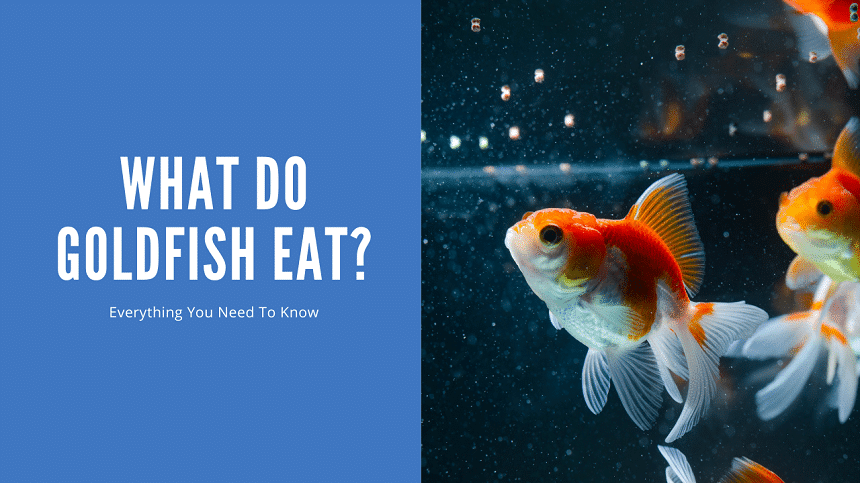
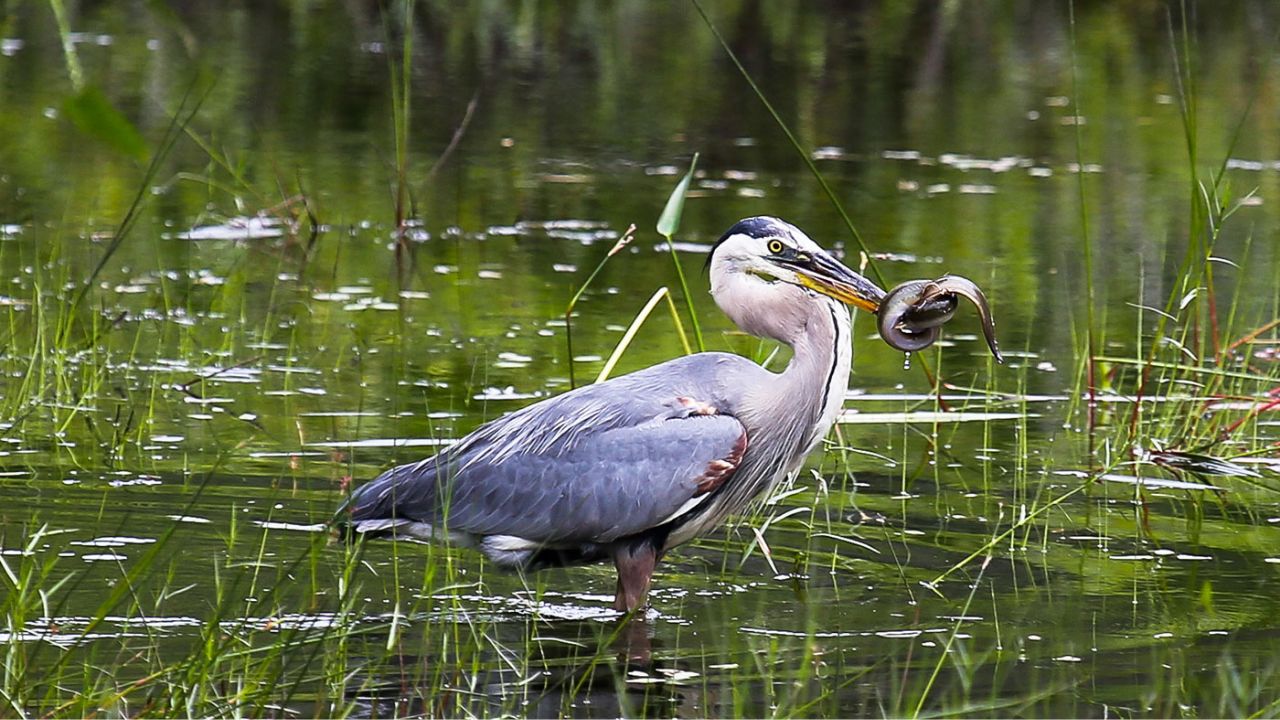
Hinterlasse einen Kommentar
Alle Kommentare werden vor der Veröffentlichung geprüft.
Diese Website ist durch hCaptcha geschützt und es gelten die allgemeinen Geschäftsbedingungen und Datenschutzbestimmungen von hCaptcha.